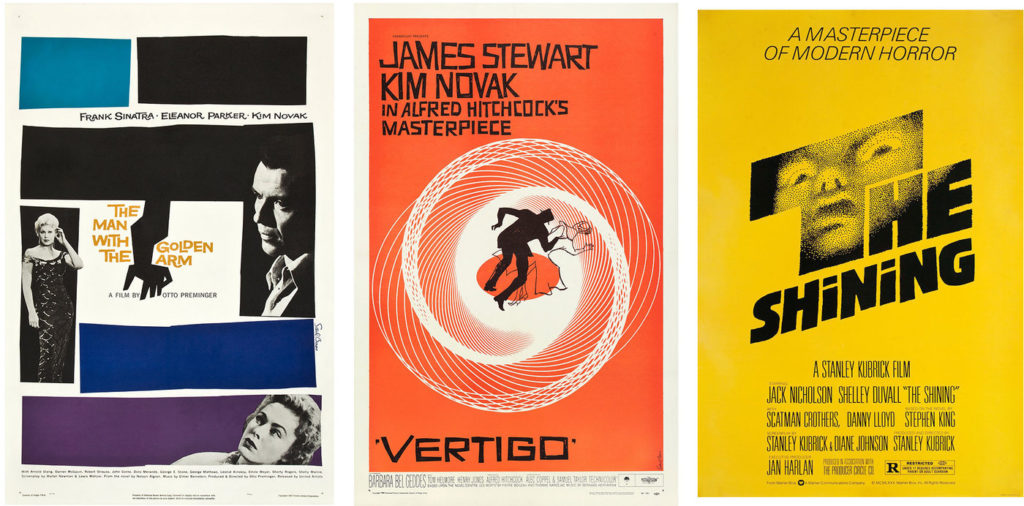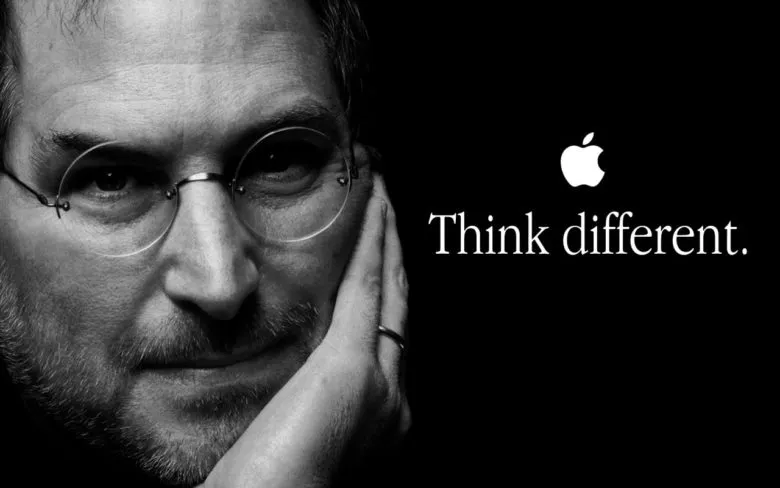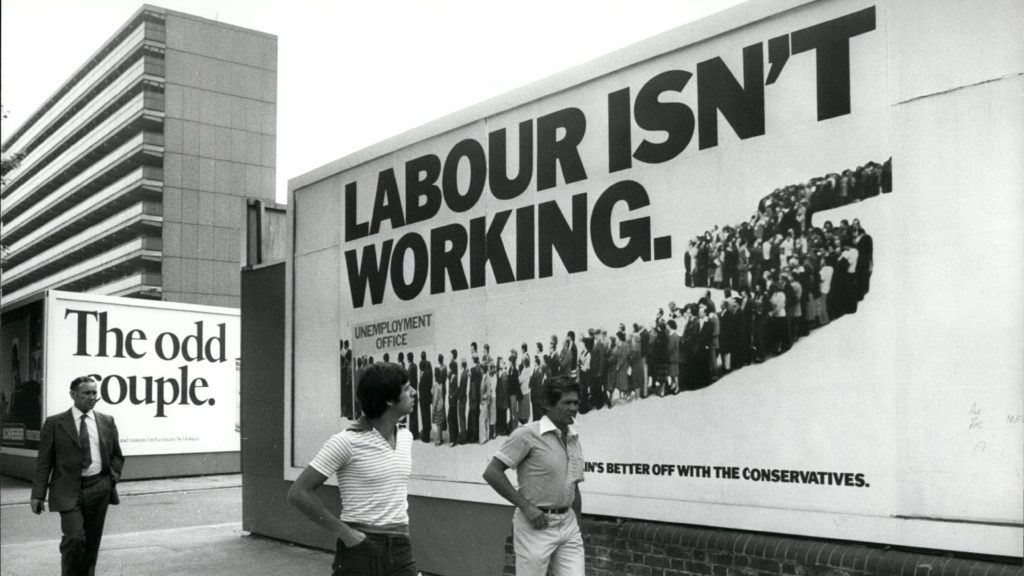Graphic design has been an important service for decades, shaping the visual language of our society – originally through print and branding, more recently through digital platforms, and now evolving alongside AI. But as the world becomes more automated, some ask: is graphic design a dying art?
Will AI replace graphic designers?
While AI and machine learning can automate specific design tasks, they can’t replace the creativity, unique thought, strategy, and cultural awareness of a human designer. Graphic design isn’t just about making something look attractive – it’s about understanding the goals of a client, the needs of their audience, and the wider cultural context.
AI can enhance creativity, but it cannot replicate human intuition, empathy, or storytelling.
As designer Saul Bass famously said:
“Design is thinking made visual.”

New horizons: Digital, UX, and social media
Far from eliminating opportunities, technology has expanded the field. Today’s graphic designers work across websites, UX/UI, apps, and social media platforms. With businesses needing a constant stream of content, demand for skilled designers is greater than ever.
Branding: The beating heart of design
Another area where graphic design is flourishing is branding and marketing. In a crowded marketplace, companies rely on effective branding to stand out and connect with consumers. Branding has always been the most important service a design team can deliver. Done well, it can transform a company’s fortunes and drive lasting success.
- Apple: In the late 1990s, Apple was struggling financially. Its bold rebrand – evolving the rainbow logo into a sleek monochrome identity and launching the “Think Different” advertising campaign – repositioned the company as innovative and aspirational, paving the way for its rise to become the world’s most valuable brand.
- Burberry: By the early 2000s, Burberry had lost its luxury image. A complete design refresh — from packaging and advertising to digital storytelling — revived its status as a global fashion powerhouse.
- Innocent Drinks: A London start-up that grew into a household name, Innocent built its success on playful packaging, hand-drawn graphics, and a conversational tone of voice. Their distinctive branding cut through supermarket shelves, turning smoothies into a lifestyle choice.
These examples show how branding is not just decoration — it can define whether a business fails or thrives.
As Frank Chimero once said:
“People ignore design that ignores people.”

Graphic design as a force for cultural change
Graphic design is also a visual language of society, capable of uniting people, sparking movements, and even reshaping history.
- Wartime Posters: Iconic campaigns such as “Keep Calm and Carry On” and “Your Country Needs You” became rallying cries that united the nation during conflict.
- Political Influence: The Conservative Party’s 1979 “Labour Isn’t Working” poster is widely regarded as one of the most effective political ads ever made, credited with shifting public opinion.
- Covid-19 Campaigns: More recently, the UK Government’s stark “Stay Home. Protect the NHS. Save Lives.” visuals demonstrated the ongoing power of design to influence national behaviour in times of crisis.
From wartime resilience to political change and public health, graphic design continues to shape the way societies see, think, and act.

The future of graphic design
Graphic design has always had the power to shape culture and spark social change. From political posters to album covers, design has been used to communicate ideas, inspire action, and influence public opinion. With the rise of social media and the internet, designers today have an even greater platform to create work that resonates globally – from grassroots movements to viral campaigns.
But beyond culture, design remains central to business. In an increasingly crowded marketplace, companies need powerful visual identities to cut through the noise and connect with their audiences. Effective design not only communicates – it builds trust, loyalty, and long-term success.
Looking ahead in the UK, the creative industries – which span graphic design, advertising, publishing, and more—represent a significant part of the economy: in 2023, they accounted for 5.9% of total UK Gross Value Added, growing by 43.6% over the decade from 2013 to 2023. These industries earned nearly £111.7 billion and supported over 1.6 million designer jobs, according to the Design Council and related sources.
In short, design is not just art: it is strategy, communication, and culture. And far from dying, it continues to evolve as one of the most valuable tools in shaping the way we live, work, and connect.
Is graphic design a dying art? Not at VI!
Graphic design is not a dying art – it is evolving. Technology may change the tools, but creativity, storytelling, and critical thinking remain uniquely human. As our society becomes more visually oriented, graphic designers will continue to shape brands, inspire culture, and communicate ideas that matter.
Visual Identity believes in unique design that doesn’t just decorate – it communicates, inspires, and transforms. If you’re ready to future-proof your brand with powerful, creative design, get in touch with our team today.
Get in touch today – Visual Identity, your local, experienced, full-service Marketing Agency. If you need traditional skills the less experienced can‘t deliver – contact VI today.
#GraphicDesign #Branding #DesignMatters #MarketingAgency #VisualIdentity #DesignForChange #CreativeStrategy #AIandDesign #BrandPower